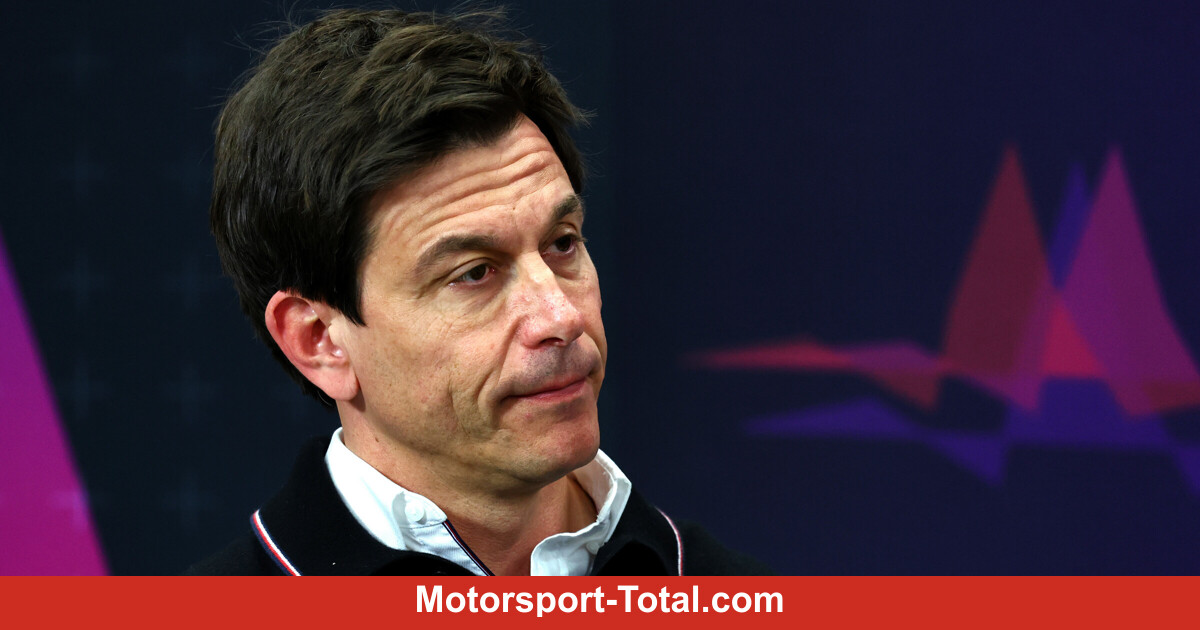flood A few days after a cruise missile test, North Korea launched two short-range missiles into the open sea, according to the South Korean military. The ballistic missiles were launched early Wednesday afternoon (local time) from Yangdok in North Korea’s interior and then flew 800 km toward the Sea of Japan (Korean: East Sea), the South Korean General Staff said. Unlike cruise missiles, North Korea’s self-declared nuclear power UN resolutions prohibit testing ballistic missiles, which can carry nuclear warheads, depending on their design.
North Korea’s recent weapons tests are also seen as a direct challenge to US President Joe Biden’s administration. So far, Pyongyang has rejected Washington’s offers to resume negotiations without preconditions over North Korea’s nuclear weapons program.
In the current test, the missiles have reached a height of up to 60 kilometers, according to the South Korean military. More details are still being analyzed with US authorities. In Seoul – as usual in such cases – the National Security Council wanted to discuss the situation. Because of its nuclear program, North Korea is subject to harsh international sanctions, which also hamper the isolated country’s economic development.
Japan has also assumed the launch of two ballistic missiles in North Korea’s latest weapons test. Prime Minister Yoshihide Suga condemned the test. This threatens “the peace and security of Japan and the region.” Japan’s Kyodo News Agency, citing the Coast Guard, reported that the missiles landed in the sea outside Japan’s “exclusive economic zone”.
Today’s Top Jobs
Find the best jobs now and
You are notified by e-mail.
Observers believe that North Korea’s new weapons test was not a surprise. As was the case a few months ago, the latest weapons tests were carried out after a joint military exercise between the armed forces of the United States and South Korea. The commando maneuvers, which had been highly critical of Pyongyang, ended nine days later on August 26. In March, North Korea also launched cruise missiles after such command exercises in South Korea. This was followed by a test using short-range ballistic missiles a few days later.
Last weekend, North Korea said it tested a new type of long-range “of great strategic importance” cruise missile. Two tested guided missiles could have hit their targets at sea at a distance of 1500 km. According to experts, North Korea indicated that the new cruise missile should also be equipped with nuclear warheads.
South Korean Defense Minister Suh Wook confirmed that the neighboring country had tested a guided missile in front of parliament on Tuesday. Detailed analysis is still in progress. Unlike ballistic missiles, cruise missiles have their own permanent propulsion system.
For years, Pyongyang has been promoting the development of missiles that would strike not only South Korea and Japan, but could also carry nuclear warheads as far as the United States. According to estimates by the American Organization for the Control of Arms, since August 2020, there are 30 to 40 nuclear warheads in North Korea.

“Tv expert. Hardcore creator. Extreme music fan. Lifelong twitter geek. Certified travel enthusiast. Baconaholic. Pop culture nerd. Reader. Freelance student.”






More Stories
The first F1 team with over $600 million
Mercedes-Benz recalls 261,000 SUVs
With a private cabin Markets: Aegean flies on long-haul flights with the Airbus A321 LR